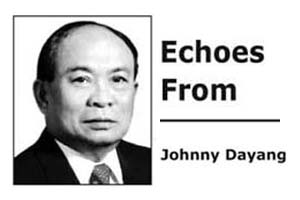THE mechanical suits are worn by staff working for the Airport Limousine bus service at Haneda Airport in Tokyo. First unveiled last year, the suits are made by Japanese robotics company Cyberdyne, which shares its name with the fictional firm featured in the Terminator films.
The robotic suit’s main aim is to prevent back pain, but it can also assist ensuring the lifting movement maximizes strength potential. Signals are sensed that will then tell the robotics what muscles need to be stimulated and used for lifting.
Some Ford assembly line workers in US lift their arms up to 4,600 times a day – that’s about a million times a year. That sort of repetition leaves many suffering from back-ache and neck pain. Now, the company has equipped staff at two US assembly plants with a device called the EksoVest from California-based Ekso Bionics. It helps take the strain by giving workers an extra 5-15lb (2.2-6.8kg) of lift per arm. “Incredible is the only word to describe the vest,” said an assembly line worker at Ford Michigan assembly plant. “It has made my job significantly easier and has given me more energy throughout the day.” The company says it’s already seeing a dramatic decline in work-related injuries.
In Japan, exoskeletons are being used for heavy lifting in the shipbuilding industry as well as in large commercial construction projects. Powered exoskeletons will become ubiquitous for industrial applications around the world in the near future. These devices will materially reduce occupational injuries while also dramatically improving productivity. Additionally, these devices can extend the useful life of an aging work force, and can make jobs open for more people that previously could have only been handled by people of stronger physical stature.



